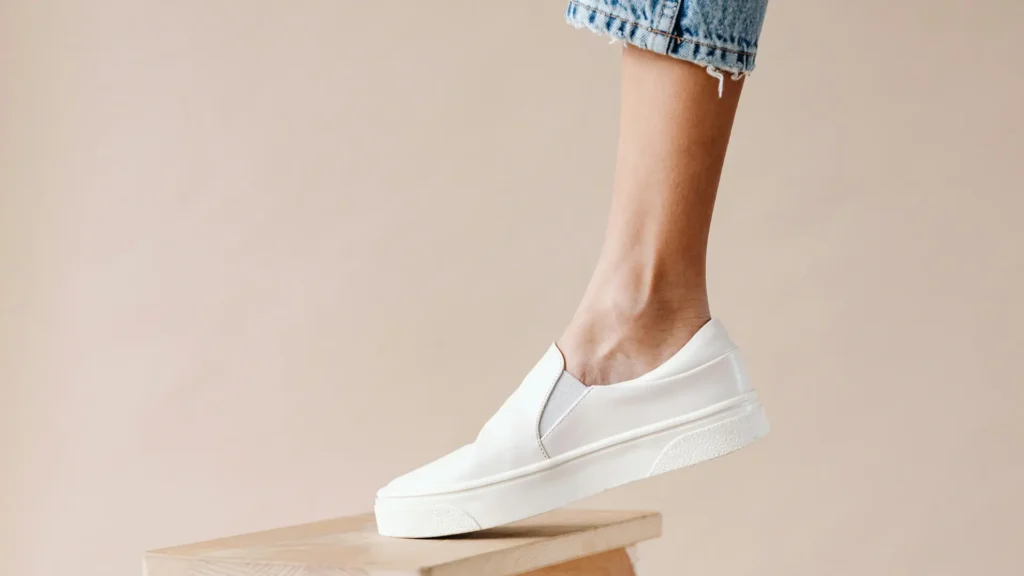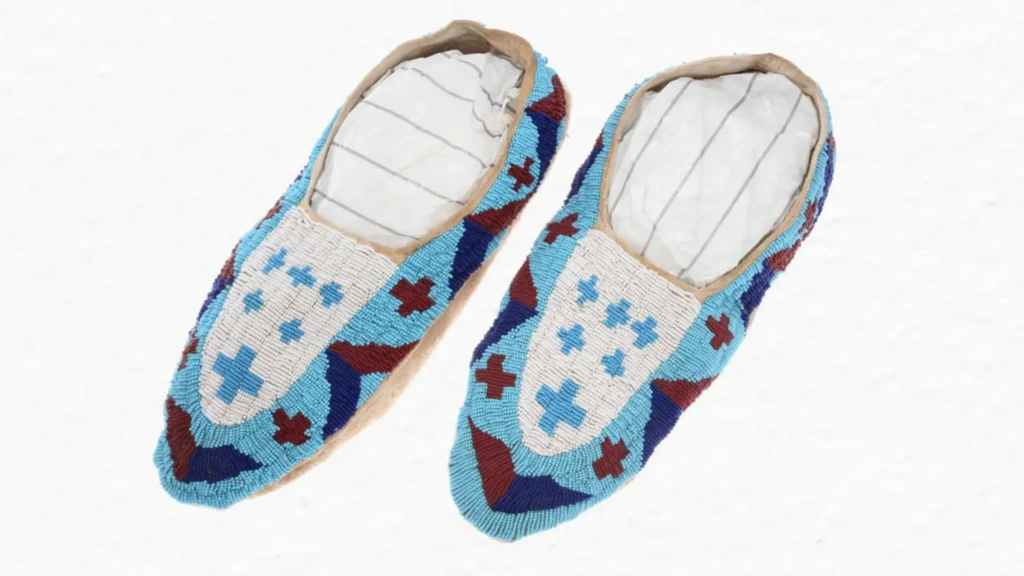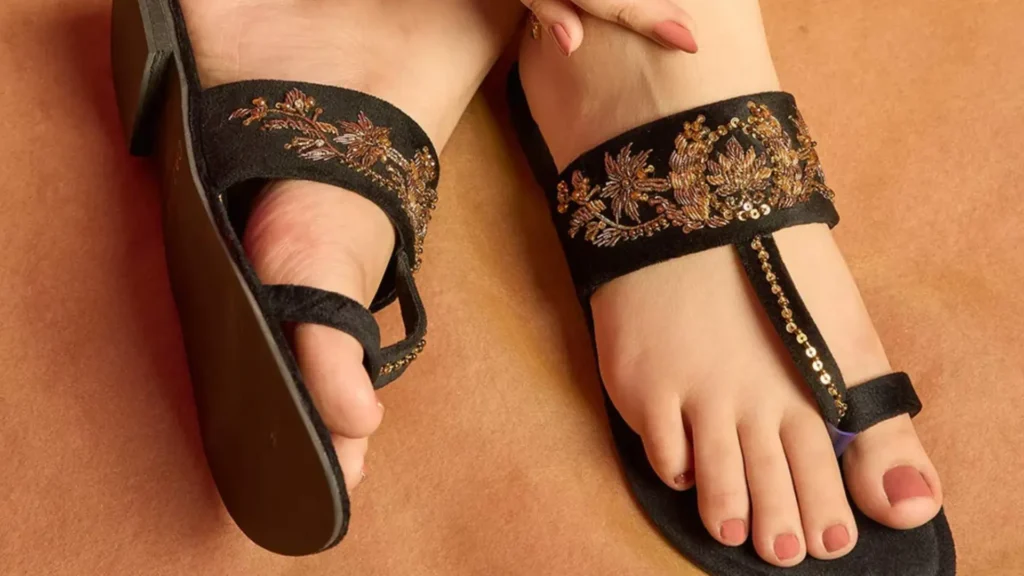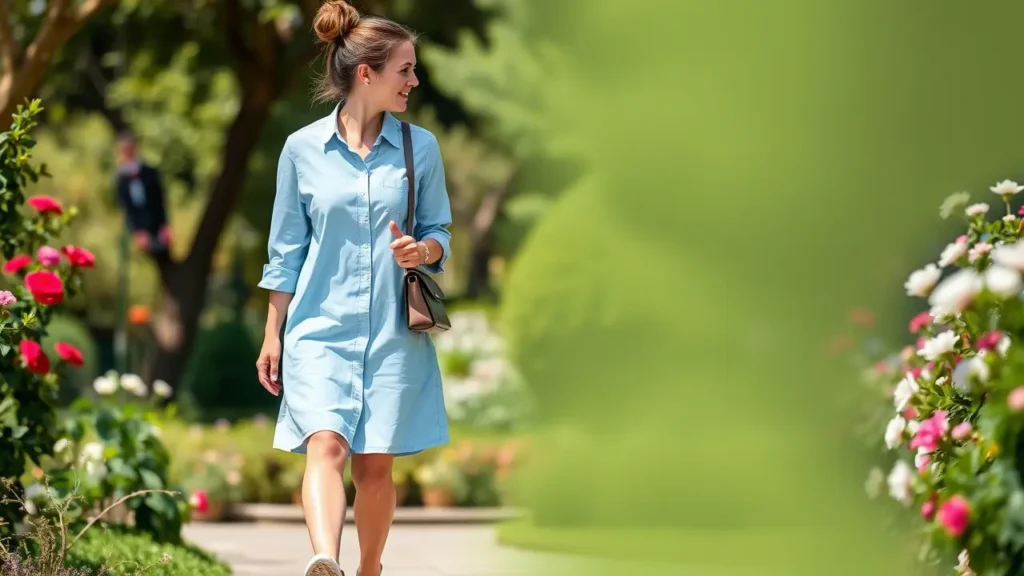Trends come and go, but one constant remains: the enduring popularity of neutral tones in shoe collections. From beige and taupe to gray, white, and black, neutral-colored footwear has become a staple in wardrobes worldwide.
But what is it about these understated hues that make them so universally appealing? The answer lies in their versatility, timelessness, and ability to seamlessly integrate into any style or occasion.
Timelessness
Neutral tones are rooted in a legacy that spans centuries. From the black leather oxfords worn by 19th-century aristocrats to the tan desert boots of mid-20th-century adventurers, these hues have always symbolized refinement.
Unlike neon trends that surge and fade, black, white, and beige remain impervious to the whims of time. Consider the Chanel two-tone pump: introduced in 1957, its black-and-beige design remains a bestseller.
Neutral shoes act as a sartorial chameleon. A sleek pair of gray sneakers transition from a gym session to a dinner date when paired with tailored trousers, while beige ankle boots add polish to jeans and midi dresses.
This adaptability makes neutrals a financial no-brainer for consumers. They replace the need for multiple statement pieces.
Consumer Demand
The modern shopper’s mantra is “buy less, use more.” Neutral shoes answer this call by serving as the ultimate wardrobe multitool.
Common Projects and Veja have capitalized neutral toned shoes. They have crafted minimalist designs to make an appeal to urban professionals and eco-conscious consumers. Take the Common Projects Original Achilles: its stark white leather and gold serial-number detailing became a cult favorite by embodying “quiet luxury”.
Parents favor neutrals for children’s shoes. They hide stains and outlast fleeting cartoon-character obsessions.
The sustainability movement has turned neutrals into a badge of eco-consciousness. Natural dyes derived from plants, clay, or coffee grounds produce earthy tones with 50% less water than synthetic alternatives. This aligns with brands’ net-zero pledges.
Allbirds’ sugarcane-based Trino sneakers in shades of oat and stone exemplify this. It consumes a 30% smaller carbon footprint than conventional sneakers.
Consumers also perceive neutrals as longer-lasting. A white sneaker may yellow with age, but a taupe pair age gracefully. This aging process reduces replacement urges.
Gen Z shoppers demand “buy-for-life” products. Neutrals become their ethical default.
The Rise of Minimalism

Minimalism’s ascent from niche aesthetic to global movement has propelled neutrals into the spotlight. Inspired by Scandinavian design principles and Japanese wabi-sabi philosophy, Everlane and The Row craft shoes that celebrate “invisible design”.
The Row’s leather mules, for instance, owe their cult status to their unadorned, buttery-soft construction. Social media amplifies this trend. Instagram feeds brimming with #CapsuleWardrobe posts showcase neutral-toned footwear as the foundation of clutter-free living.
Even fast-fashion giants like Zara now dedicate sections to “tonal collections,” banking on the minimalist appeal of oatmeal-colored loafers and slate-gray boots. As Marie Kondo’s tidying revolution taught millions to “keep only what sparks joy,” neutrals emerged as the ultimate joy-sparkers.
Trends and Staples
Fashion’s cyclical nature demands a delicate dance between innovation and reliability. Neutrals act as the financial safety net. Nike’s Air Force 1, launched in 1982, remains a billion-dollar franchise precisely because its white-on-white design transcends eras.
Similarly, Bottega Veneta’s woven leather sandals—available in black, taupe, and bone—have become seasonal staples for luxury buyers.
Designers also use neutrals as a canvas for experimentation. Telfar’s vegan-leather loafers in muted tones let their signature shopping bag logo take center stage. Gucci’s Jackie sneaker in ecru serves as a gateway for consumers wary of the brand’s maximalist prints.
This balance ensures that neutrals keep the industry cooking.
Neutral tones mirror collective emotional states. During the 2008 recession, sales of recession-proof black and navy shoes surged as consumers gravitated toward durable choices. The pandemic amplified this. A cozy shearling-lined clogs in earthy tones became a symbol of solace.
Political climates influence trends. During times of upheaval, neutral palettes dominate as a visual antidote to chaos. Consider the quiet luxury boom, where muted tones signaled affluence without ostentation.
Elegance
Neutral tones exude a sense of understated elegance. A pair of gray ankle boots or taupe mules elevate an outfit without drawing too much attention. This subtlety allows the wearer to shine, rather than the shoes themselves.
In professional settings, neutral footwear is often preferred because it conveys professionalism and refinement.
The elegance of neutral tones also makes them a popular choice for formal occasions. Nude heels, for instance, are a favorite among brides and wedding guests because they elongate the legs and complement a wide range of dress colors.
Similarly, black dress shoes are a classic choice for black-tie events. They offer a polished look that never fails to impress.
Beyond their aesthetic appeal, neutral shoes are also practical. Beige and white are perfect for spring and summer. They reflect sunlight and keep feet cooler.
Darker neutrals like black and charcoal are ideal for fall and winter. They provide a cohesive look with heavier clothing.
Additionally, neutral tones are less likely to show wear and tear compared to brighter colors. Scuffs and stains are less noticeable on beige and gray shoes. This durability further enhances their appeal.
The practicality of neutral shoes also extends to their ability to blend seamlessly with a variety of accessories. A neutral-toned shoe can be paired with a bold handbag and statement jewelry without competing for attention.
Influencer Endorsements
From Meghan Markle’s tan Stuart Weitzman boots to Harry Styles’ preference for chunky white sneakers, celebrities wield immense power in normalizing neutrals. Phoebe Philo’s Céline era redefined modern minimalism, with her stark white Trapeze sneakers becoming a street-style staple.
Meanwhile, Kanye West’s Yeezy line transformed dad shoes into high-fashion must-haves. Micro-influencers amplify this. Niche subcultures embrace neutrals: #CottageCore enthusiasts on Pinterest favor lace-up beige boots, while #Gorpcore hikers opt for trail shoes in slate and moss.
Neutral tones dominate shoe collections by a symbiotic relationship between consumer psychology, and strategic design. They are the unsung heroes of the wardrobe. They are reliable, resilient, and perpetually reinvented.




